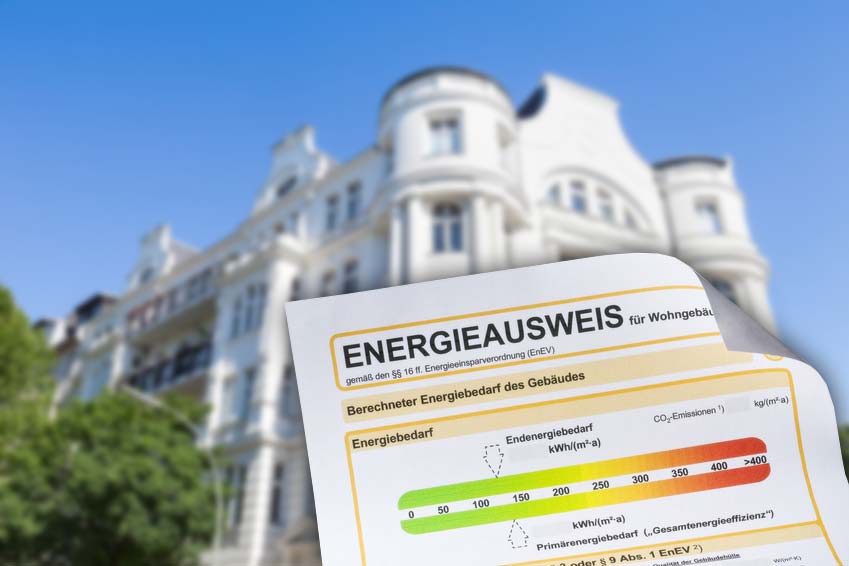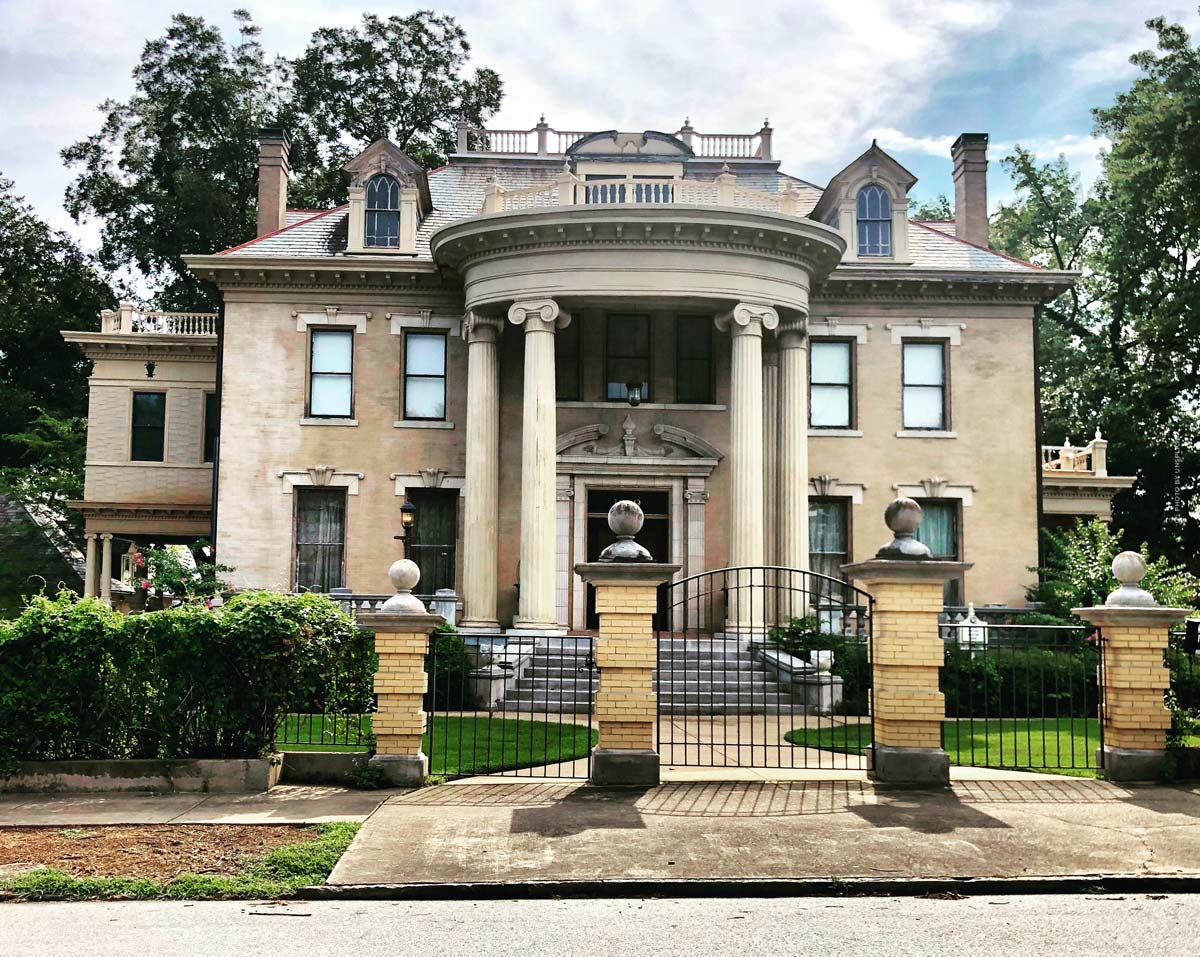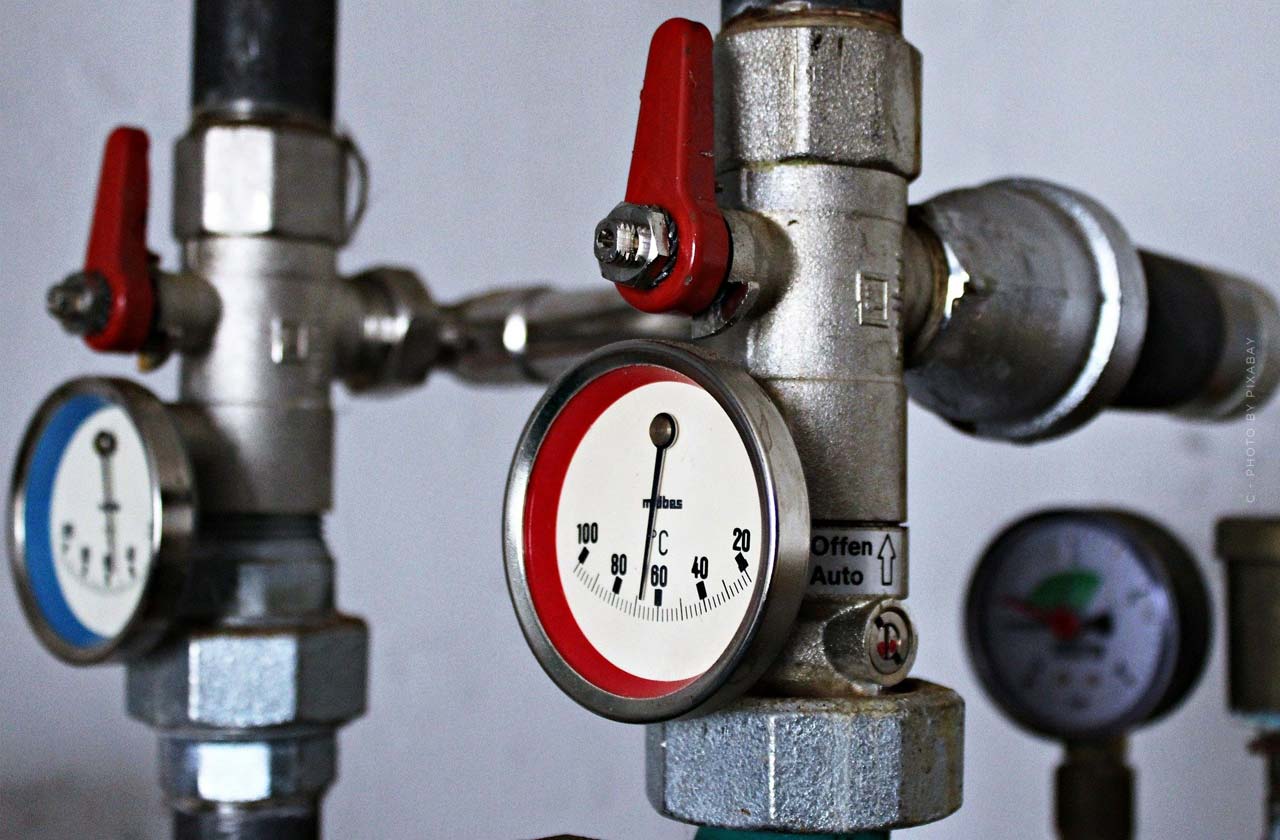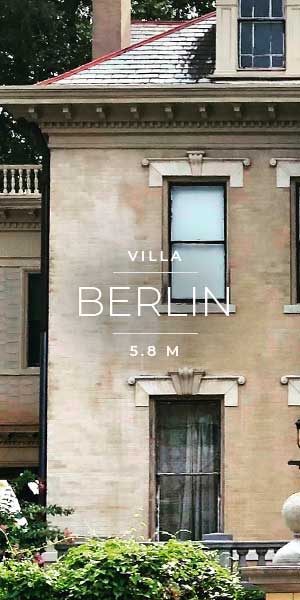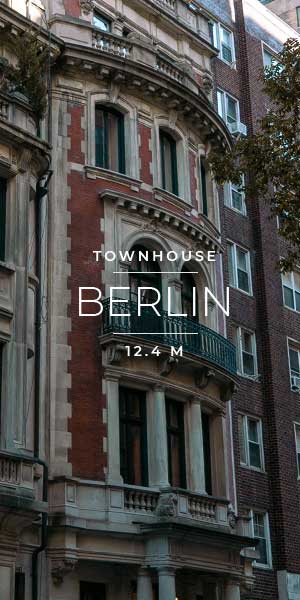Low-energy house: energy-efficient construction, property purchase and 5 renovation measures for sustainable living
Low energy house – A house buy or also the building of a house is an important step for everyone – whether future owner or investor. There are many different types of houses such as the bungalow, the villa or the
Low-energy house: energy-efficient construction and sustainable living?
Since 2007, there has been a draft law that attempts to regulate the energy efficiency of construction projects and thus improve the housing landscapes in cities and in the countryside in terms of sustainability. In order to obtain a building license, certain requirements must be met.
In addition, low-energy houses are supported with development loans, as the interest of the government and development banks also continues. Of course, not all new buildings have to be low-energy houses and categories under the definition of low-energy house also receive funding. With sustainable living, however, not only the environment benefits, but also you save energy costs.
You want to buy or build a house, but don’t know which one is right for you? Then take a look at our guide to house types from A – Z! Here you will find all house types, from bungalow to terraced house!
Regulations: Energy standards for old and new buildings
An interesting fact about the low-energy house is that the term is not subject to uniform standards. The reason for this is that the energy regulations for buildings are regularly renewed or supplemented. Since November 2020, the Building Energy Act, or GEG for short, has applied to new buildings. Here, characteristic values are defined that new buildings must at least achieve.
The standards introduced in this law refer to the heating system, the thermal insulation and calculate a value which classifies the house according to its energy balance. In this way, certain measures can compensate for deficiencies.
Special features in construction: solar system, heating & Co.
In the name of sustainability, certain measures must be taken in the construction of the houses, for example to reduce transmission heat loss and thus reduce energy consumption.
These home improvement projects can be multifaceted. Commonly performed renovations are the following:
- Solar system
- Solar thermal
- Ventilation system + thick, non-opening windows
- Modern heating system
Advantages and disadvantages of a low-energy house: costs, construction and measures
Depending on the measures taken, the special construction method entails advantages and disadvantages that should not be underestimated. In the long run, it can happen that certain circumstances are perceived as annoying, so you should think about it in advance whether you would be able to cope with the factors.
At the same time, the house form also has advantages that make life more comfortable. In general, it should be mentioned that energy efficiency is often associated with heating as little as possible, potentially freezing or having to endure cold showers. This is absolutely not the case in modern buildings, where other measures are taken to meet and reduce energy demand.
Advantages: No incidental expenses?
The clear advantage of low-energy houses is, of course, the reduced energy costs. As an occupant, you will notice this above all on your utility bill, because structural measures balance out the energy requirements and ensure a comfortable living environment.
- 35-75 kWh/(m²a) Annual heating requirement
- Low ancillary costs
- Own energy production
Disadvantages: Closed windows?
In addition to limiting the transmission heat loss and the resulting increase in primary energy costs, however, low-energy houses can also entail restrictions that some people find annoying. This means, for example, that windows can no longer be opened and ventilation is provided by a ventilation system. If this is defective, the risk of mould quickly arises.
- Windows that cannot be opened
- Moisture build-up
- Risk of mould
Energy rules for tenants, buyers and builders
New buildings in particular have to meet relatively strict requirements in order to obtain a building permit. However, these regulations are now standard in the building world. However, 63% of residential buildings were built before 1987. These have also had to endure renovations over the years. Many of these measures took place to improve sustainability.
Energy Saving Ordinance and Building Energy Act
The legal text of the Energy Saving Ordinance has so far determined the values that a building must comply with in order to obtain an energy pass. This regulation was replaced in 2020 by the GEG, i.e. the Building Energy Act. The new law also incorporates the Energy Saving Ordinance and the Renewable Energies Heat Act. However, the energy requirements for new buildings and renovations were not tightened.
Contents and innovations of the law:
- Obligation to use renewable energies
- Obligation to use electricity generated close to buildings
- Flexibility options for meeting energy standards in new buildings
- Regulates the primary energy factors
- Carbon dioxide emissions are to be recorded in the energy certificate of a house
- In the case of sale or refurbishment: obligatory energy advice for buyers or owners
Energy efficiency classes: Values, data, prices
Since recently in the GEG fixed, and previously in other laws, are the energy efficiency classes, according to which houses are evaluated. Real estate is rated in 9 levels from A+ to H. New buildings are usually in the upper classes. New buildings are usually in the upper classes, while old buildings, even after renovation, make it to class E-D. Low-energy houses normally achieve around 70 kWh/(m²a) and are able to reduce this to around 30 kWh/(m²a) through self-production.
We have summarized the classes for you together with the guideline value and the associated energy costs per square meter:
- A+: < 30 kWh/(m²a) // < 2 €/(m²a)
- A: < 50 kWh/(m²a) // 2 €/(m²a)
- B: < 75 kWh/(m²a) // 3 €/(m²a)
- C: < 100 kWh/(m²a) // 4 €/(m²a)
- D: < 130 kWh/(m²a) // 6 €/(m²a)
- E: < 160 kWh/(m²a) // 7 €/(m²a)
- F: < 200 kWh/(m²a) // 9 €/(m²a)
- G: < 250 kWh/(m²a) // 11 €/(m²a)
- H: > 250 kWh/(m²a) // > 13 €/(m²a)
Costs: Standard house construction and low-energy house in comparison
So, theoretically, the extremely energy-efficient home is in the A+ energy efficiency class. That was to be expected or anything else would have been sobering, but what does it actually cost to build such a house? The price per square metre for a new house ranges from €1,396 to €2,176. This value is not adjusted for zero energy houses, but includes them. Nevertheless, in the following we calculate with the average of these two figures.
The average value is 1786 €/(m²a), which we multiply by the approximate area of a single-family house, i.e. 150 m².
- Average construction costs € 267,900
Additional costs for the low-energy house
Low-energy houses cost between 5 – 15 % more to build than the average house. We again assume the average value, i.e. 10%, and add €26,790 to our house price.
- Costs low energy house: 294.690 €
Low-energy houses: When does it start paying off?
Low-energy houses have an energy consumption of normally 2 €/(m²a) per year. Standard houses are assumed to have a class C, i.e. 4 €/(m²a).
We would like to know therefore, when we have the 26,760 € with the low-energy house again in it, and/or in relation to a standard house, from when one would have it in additional energy costs again reingeholt. Here it is very conducive to the calculation that both amounts include about 2 €.
150 square metres of living space thus make 300 € in ancillary costs p.a. With this, one would assume that low-energy houses only pay off after 89 years of use compared to a standard new building. However, this ignores certain aspects. On the one hand, you sell your electricity on when the solar system produces more than you need, so if you produce more than you need, you earn money.
Moreover, low-energy houses are not only about saving costs, but above all about reducing the carbon footprint by consciously using natural resources. It should also be noted that all values used are approximate and should not be considered absolute. In addition, we did not use adjusted figures for the calculation at the beginning, so overall we can assume that the duration is significantly lower. Often 20 – 30 years are mentioned.
Finally, it must not be forgotten that low-energy houses are much more compact than standard houses, the calculation with 150 sqm is accordingly quite excessive. The efficient living space of low-energy houses contributes to the fact that the values calculated here are extremely distorted.
Financing: Subsidised loans for house building
The previous calculation also completely ignored the possibilities of promotional loans. These can facilitate supplementary of up to 4000 €. And also to get loans is easier if the house meets certain standards.
KfW divides into three efficiency house categories, for example. KfW Efficiency House 55, 40 and 40 Plus. The efficiency attributed to a house is determined by the efficiency measures taken, which we will discuss in more detail below.
Renovation: Conversion to energy saving with solar energy & Co.
The trinity for saving energy is made up of heating, ventilation and insulation. Building measures with a positive influence on these three factors can massively improve the energy efficiency of a house. There are a few options that open up, which we will look at in more detail here.
Construction measures: Ventilation, heating and insulation
Ventilation systems have the goal of permanently supplying the home with fresh air, even when the windows are closed. Why is this important in energy-efficient houses when ventilation consumes additional electricity?
In order to reduce transmission heat loss, not only is better external insulation and thicker windows installed in modern houses, but the windows can often no longer even be opened from the inside. To prevent a build-up of air and moisture, ventilation systems are used to ensure regular air exchange.
In addition, heating systems are becoming more sophisticated and efficient. Often, a modern heating system can already make a lot of difference when it comes to saving raw materials and ancillary costs.
Solar energy: photvoltaic and solar thermal – prices and more
The extraction of solar energy has long since ceased to be anything out of the ordinary and is taking place more and more both privately and in industrial form. Not least, this is also due to the promotion by the state.
A solar system costs between 5400 € and 13,300 € net, depending on the size and condition of the house. Included in this price are costs for installation and accessories. Another decisive factor is the size of the battery, which determines how much energy can be stored for times when the system is not producing.
The other, somewhat cheaper option for saving electricity is a solar thermal system. The costs here amount to 5000 – 10,000 €, depending on whether the Thermie should only support the hot water, or also the heating.
Although solar collectors themselves have a higher efficiency than photovoltaics, the efficiency is lost massively in the tubes, so that in the end it is difficult to determine which method is the more worthwhile.
Additional knowledge: Buying a house and selling it quickly
In this article we have focused very much on building a house and less on buying property. However, if that’s where your interest lies, then we have a lot of further reading on the subject that I’m sure you’ll find helpful. We tell you everything from the state of the real estate market to tips for your personal home purchase and what you should look for before buying.
Buying luxury real estate: Buy a villa, penthouse or loft – Tips & Tricks
Are you interested in facts, figures and data on how the price of luxury real estate is changing? Here you can find out how much you pay for real estate in different major cities and where the most money is spent on real estate. Just take a look and let yourself be inspired:
Selling a house: House too small? Sell houses at top prices
Maybe your family has grown, or you finally have the wherewithal to afford a bigger house. A little start-up cash from selling your old property definitely won’t hurt! Find out how to get your house sold not only quickly, but also for a good price here:


